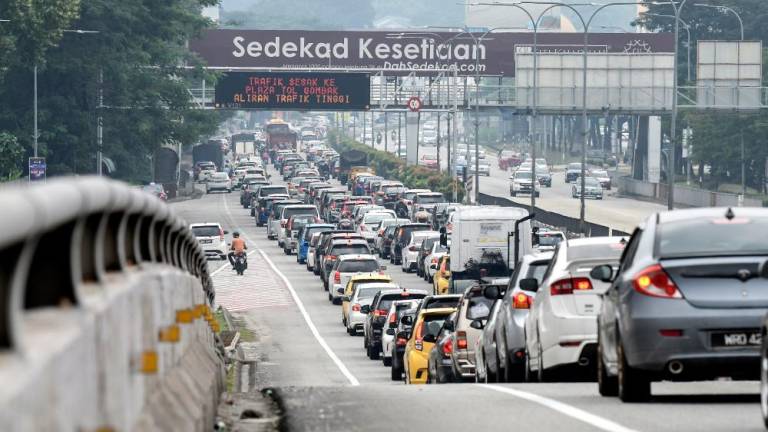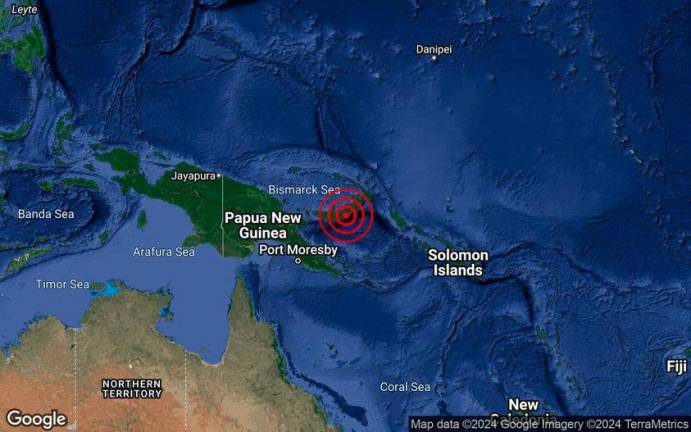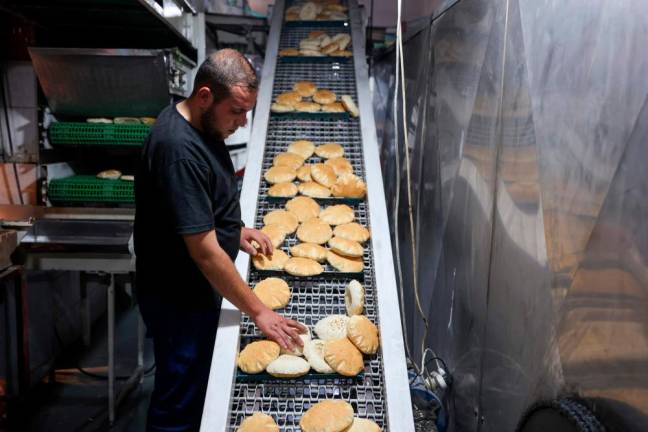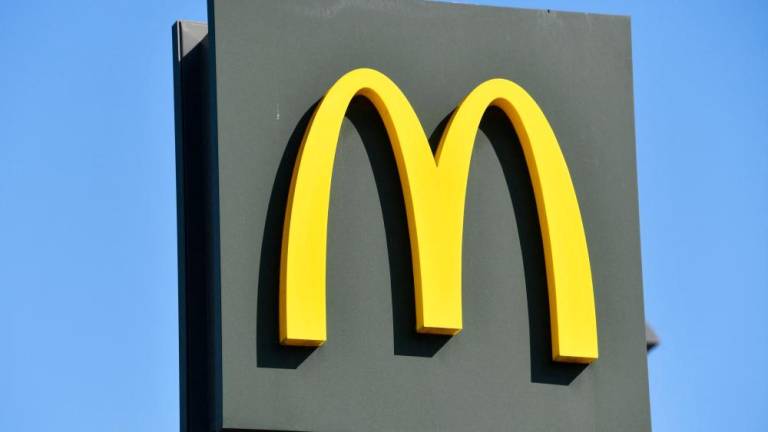The close of the disgraceful Donald Trump presidency – which very likely will end with his second impeachment, a trial vote on which may be delayed or spared altogether because time will elapse – has observers convinced that things got out of hand mainly because Trump’s followers, in and out of government, allowed his dark charisma to blind them to reality and morality.
Indeed, since beginning his campaign for the presidency nearly five years ago, Trump’s promise to “clean the swamp” initiated a renewed era of racism, nativism, intolerance and general mean-spiritedness.
Those who doubted this were humbled on Jan 6, when Trumpism came tumbling down as the nation’s capitol was stormed by zealots committed to blocking the certification of Joe Biden, who defeated Trump fair and square.
There is plenty of blame to go around for this disaster and embarrassment, apart from those responsible for securing the capitol building.
Those who enabled Trump’s cynical tirades, after Biden was declared the winner, include two-thirds of all House Republicans, fringe-right media forums and personalities, and voters who refused to recognise limits to the excesses of their cult hero.
Some observers, including scattered media voices in the US and elsewhere, blame the constitutional system, or even the practice of American-style liberal democracy, despite its success for nearly two and one-half centuries.
But neither the Constitution nor American democracy failed – nor did the American people. Within hours of the assault on the capitol the building was cleared, assailants were (and are being) arrested and charged, and the certification was successfully completed.
When given a chance to weigh in on Trump’s performance Nov 6, a record-breaking number of Americans voted for his opponent – even while reelecting huge numbers of other Republicans.
In other words, voters deliberately cast an undeniable “no” vote on Trumpism, when finally given the opportunity to do so.
But there was a failure, one that has long contributed to confusion, frustration and, most recently, voter polarisation and anger within the electorate.
This failure was highlighted in 1950, when the American Political Science Association (APSA) issued its monumental report, “Toward a More Responsible Two-Party System.”
In it the APSA called for a restoration of the American political system, by establishing a system in which the parties were “cohesive, disciplined, programmatic, and responsible”.
This was necessary, members believed, because the existing parties were weak – unable to unite their members, develop meaningful party platforms, and enact sound public policies.
Alas, more than seven decades later the parties remain feeble. Compared to the US, most democracies, such as Malaysia’s, feature strong and disciplined political parties.
In these nations the parties’ leaders and officials choose candidates to compete for office in general elections and thereby offer voters a choice between the parties. But in the US the parties are virtually powerless when it comes to nominating general-election candidates.
Primary contests, within each party, determine candidates for general elections in the US. Some states do hold caucuses or conventions prior to the primaries, to allow parties to formally endorse candidates, but candidates are not bound by such endorsements, and often ignore the conventions and simply run on their own in the primaries. In addition to the primaries, other things make it difficult to strengthen the parties.
First, the presidential system, unlike the more common parliamentary system, features a separation-of-powers scheme, and because members of the executive and legislative branches are chosen separately, party unity is mitigated.
Second, federalism – the governmental system in which the states are independent, deriving their powers from the Constitution, not the national government – disperses party throughout the country.
Third, the size and diversity of the population work against strong national parties because of regional and cultural differences across the country.
In presidential years it is especially easy to witness just how weak the parties are, as individual candidates often begin their candidacies without the strong backing of their parties.
This was true not only with Trump but also with Bill Clinton, Ronald Reagan and many others. Their respective nominations were secured because of their individual popularity.
I am not referring merely to the “rock star” candidates who run and win based on their celebrity, such as pro wrestler Jesse Ventura or movie star Arnold Schwarezenegger, who won governorships on their own. Running without the blessing of an organised party is standard practice in the US.
I always point out to my students, though, that in the US the parties are weak only outside of government. Once elected to legislatures, the parties wield considerable control over their respective members.
Leaders of the parties name members to committees, influence their voting practices, reward loyal members and punish disloyal ones. This can be seen at the national level, routinely, by watching the actions of congressional leaders such as Speaker of the House Nancy Pelosi or Senate Majority Leader Mitch McConnell.
They, as party leaders, decide which bills will be considered, when votes will be permitted, and much more. But outside of government, the parties are pitifully weak.
While it is true individual candidates who seek office in the US almost always choose to run under party labels, the parties behind the “D” and “R” control neither the campaigns run nor the positions taken, until they are seated in legislatures.
And if the candidates are elected to executive offices, such as president or governor, the parties are powerless to direct their behavior.
The US has never had more than two (competitive) parties, and the same two parties – Democrats and Republicans – have been in control since the 1850s.
This is due, in large part, to the single-member, winner-take-all method of electing legislators, in Congress as well as state and local legislatures. Small parties try to compete, but their candidates are not viewed by most voters as viable, so those who might otherwise vote for them choose the candidates from the two large parties whose positions most closely resemble those of the smaller parties.
Evidence suggests that Americans would like a third party, as independent candidates such as John Anderson in 1980 and Ross Perot in 1992 and 1996 fared reasonably well when challenging the major-party presidential candidates. But without representation in legislatures, after major elections, challenges to two-party dominance routinely collapses.
The Republican Party may itself collapse, as the Whig Party of the mid-nineteenth century did when its leaders largely ignored the people’s growing disgust with slavery prior to the Civil War.
Today Republicans, and to a great extent the Democrats as well, have ignored the demands on the system brought by demographic changes involving age, race, religion and ideology.
As America’s leaders reflect on how to reform a damaged political system and respond to popular demands, they ought to focus squarely on reforming the two-party system which, due to its demonstrable weakness, has become largely irrelevant.
In a national democracy the duty and responsibility of the political parties is not merely to react to trends and events in haphazard fashion, but to formulate policies consistent with popular needs and wants through strong, disciplined leadership.
William G. Borges is a professor at HELP University. Comments: letters@thesundaily.com












